Undoubtedly, AI has come to stay, and it represents a challenge in many fields. Ours is no exception. Therefore, our teaching practice needs to change. In a world where there are permanent and varied stimuli, first, we need to plan in order to inspire students to learn and create. And second, designing experiences to ensure they are really learning and not just copying and pasting. Nowadays, students rely excessively on AI lacking information process and authentic content production.
We cannot just focus on presenting critical content, we need to help them achieve conceptual understanding, skill mastery, and why not, create knowledge. In Bloom’s terms, currently, many students are just accomplishing application-like abilities, at most. How can we, as teachers, help them achieve a creator category level when AI is calling all the shots?
This blog post is a first approach to finding a pathway we teachers can use to implement AI-proof strategies to teaching and assessment. In this first blog post, I will try to draw both an approach and some strategies. In a consecutive post, I will pose a road map to help us teachers plan our lessons and assessment strategies.
1. Approach: PBL
Project-Based Learning (PBL) poses a unique opportunity for teachers to limit AI use, or at least to use it as a tool instead of being in complete control. PBL provides the opportunity to use AI information as a raw material that students need to manipulate and transform into a new product. With this method, students actively engage in real-world projects that address complex, open-ended questions that lead to the collective production of content and learning. Instead of passive learning, students develop knowledge, skills, confidence, and bonds by working on solutions to authentic problems. PBL fosters collaboration, critical thinking, decision-making, and problem-solving preparing students for real-world challenges. In our case, real-life communicative scenarios.
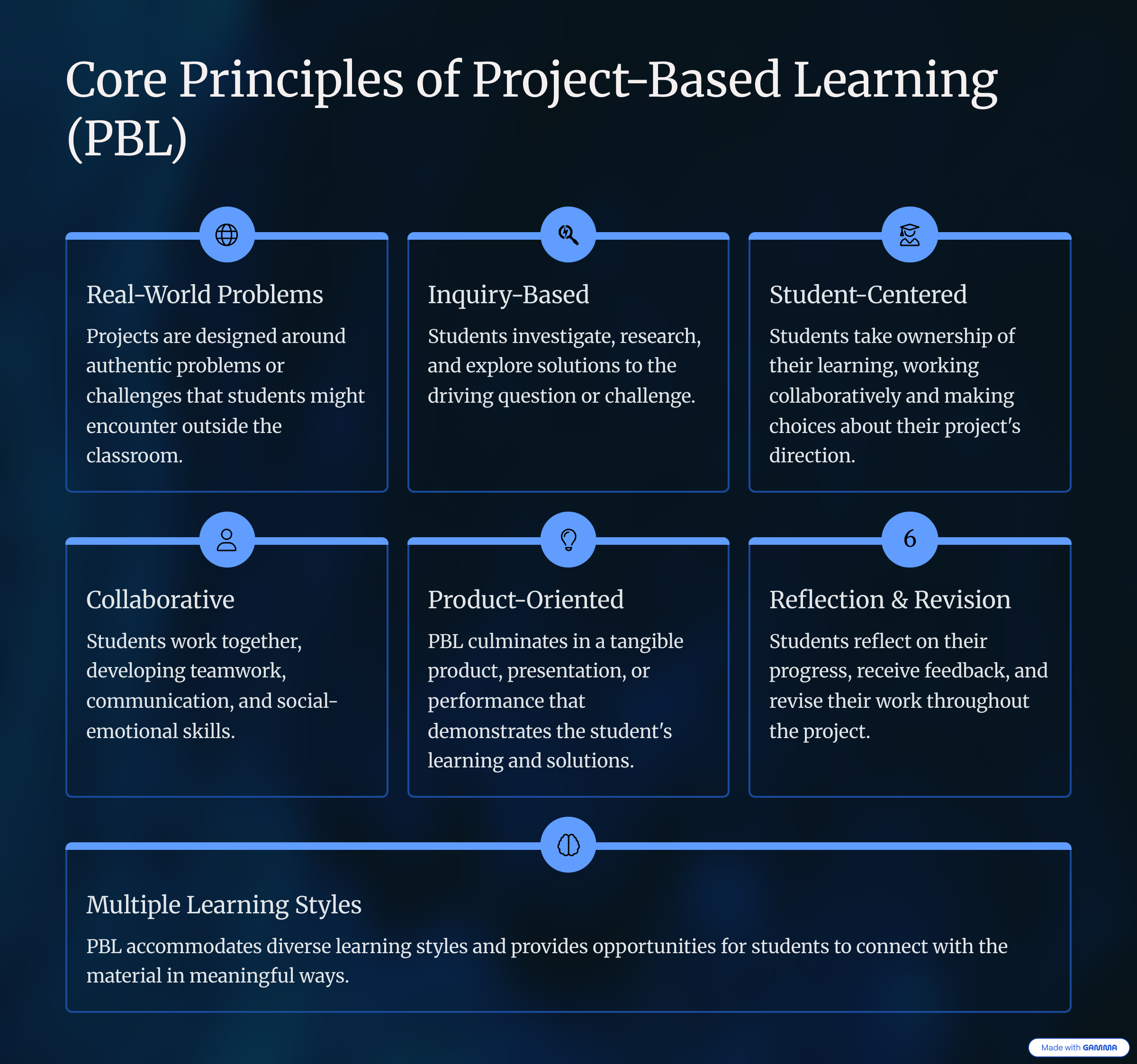
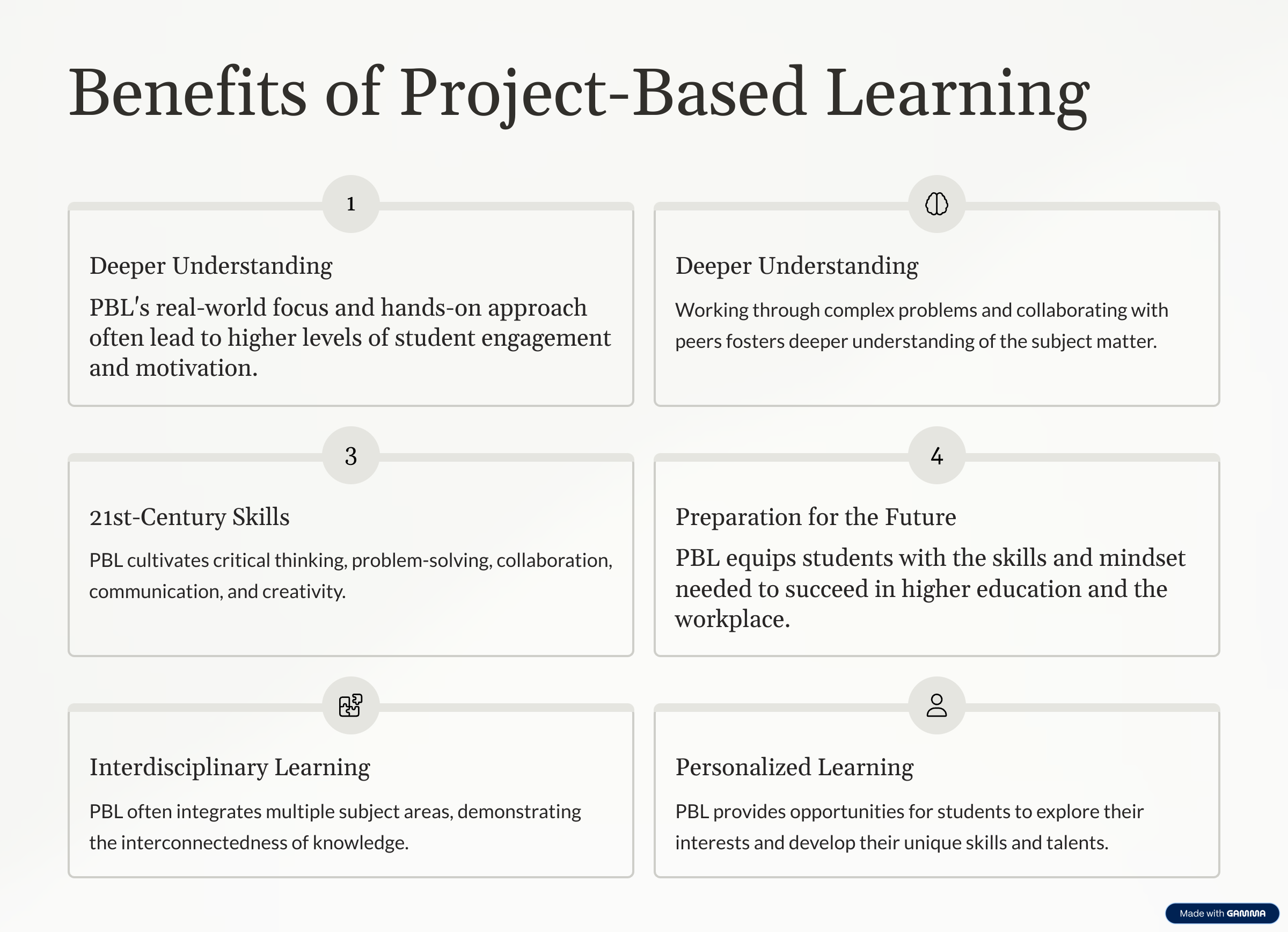
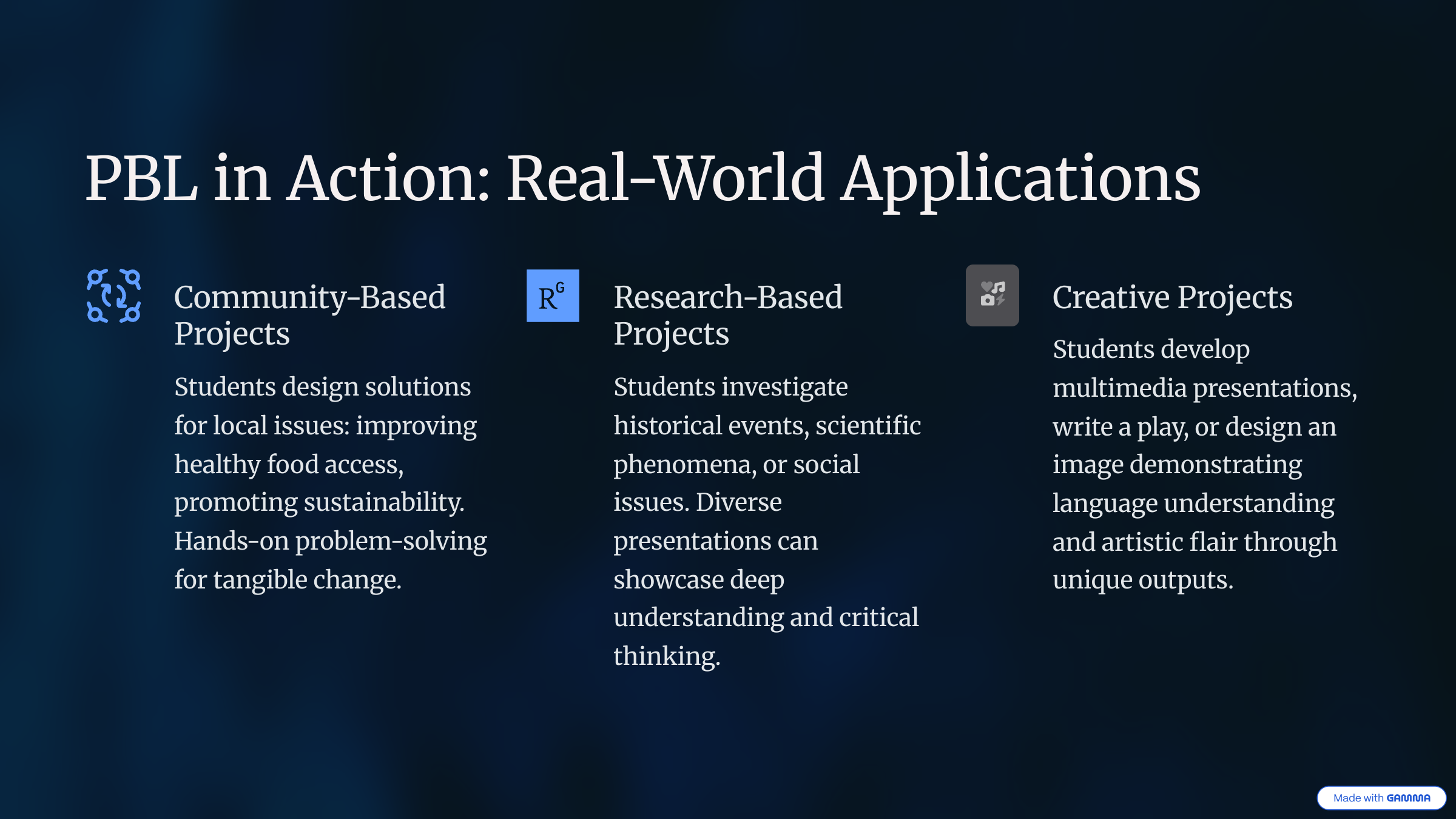
2. Strategies
For starters, it is important to understand that knowledge, content and materials should be immersed within a specific context or narrative to help students make connections, in our case, as language teachers, a context to link a specific set of lexicon and syntax to functions and pragmatics. When we ask students to create something for a specific context, we are reducing the chance for them to use AI as it won’t know the particularities of that context, or at least the student will need to read and adapt the information given.
Usually, AI produces a written outcome, which is easy for students to just copy and paste in their writing assignments, examinations, or traditional homework. Hence, oral performance and improvisation will bring a useful component to the table. Even when a student has a written text with AI authorship, if they need to orally report about it, they will need to manipulate that initial information to convey it (improvisation), adapt it to the audience (context specificity), answer questions about it (critical thinking), create something new based on it (negotiation, decision-making, collaboration).
In addition, when students need to report, answer questions, produce something new based on the initial input, creativity and personalization will play a determinant role in the truthful process of a student. Asking students to use AI-generated content to produce something new within a specific context, it will ask students to use their creativity, critical thinking, and decision-making skills. Moreover, context specificity will demand from them some personalization and adaptation of the initial information.
Besides the previous element, we need to start designing more collaborative experiences. Activities, tasks, and projects with a collaborative and negotiation component will prevent students from using AI to achieve the final goal. It’s true they might still use it during the process, but when others’ opinions or tasks are needed to achieve a common goal, they cannot depend on what AI establishes without negotiating with peers and agree on an outcome together. In these types of activities, students need to process information, negotiate, agree on, provide reasons to support their ideas during decision-making stages, and ultimately produce something (a product, a role-play, a simulation).









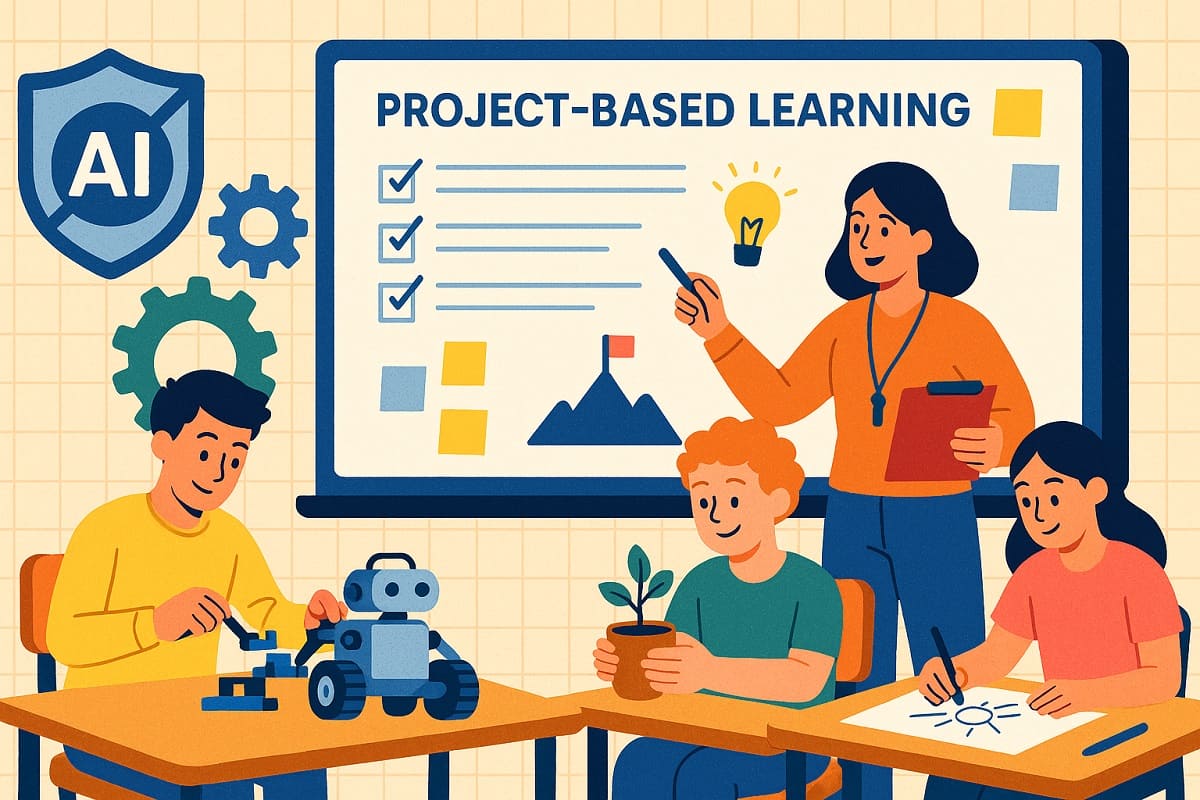
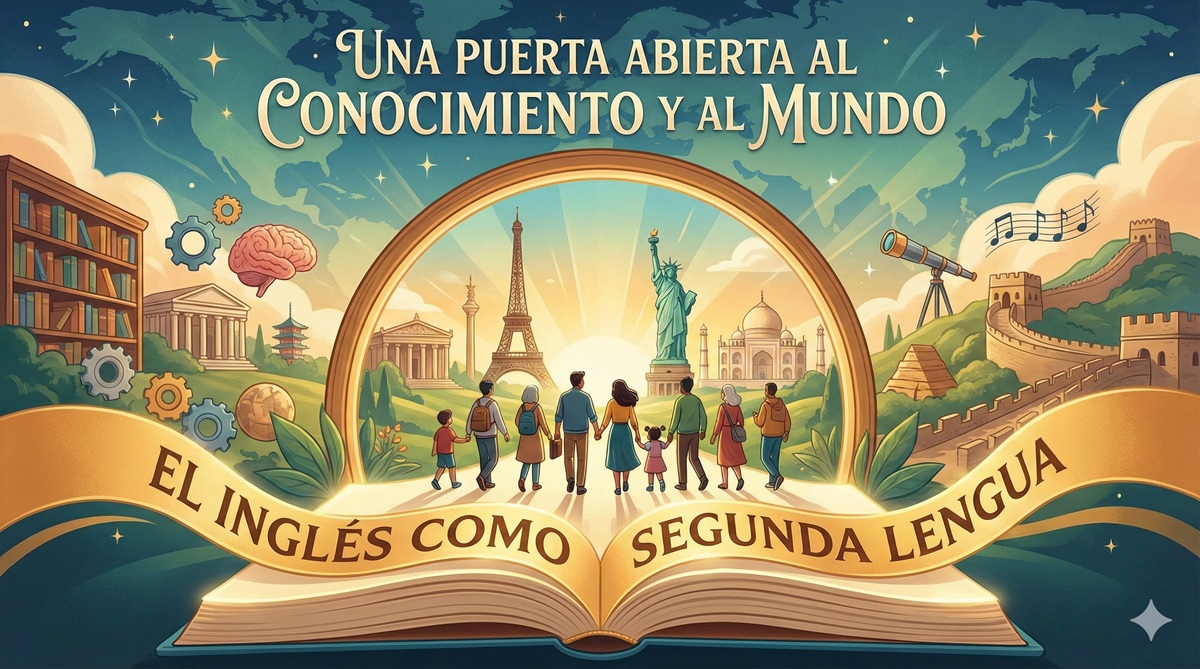




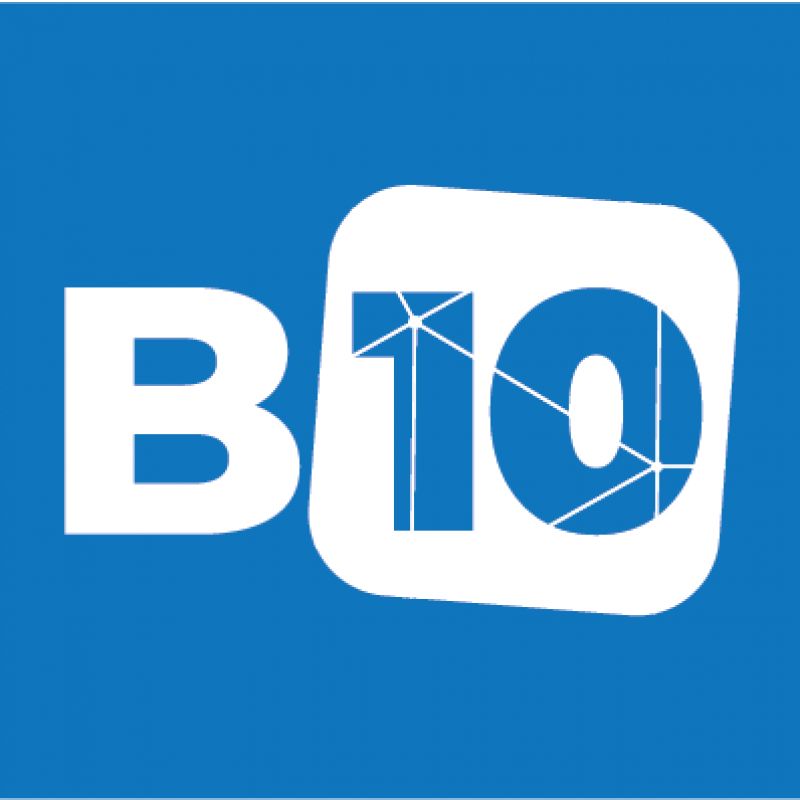
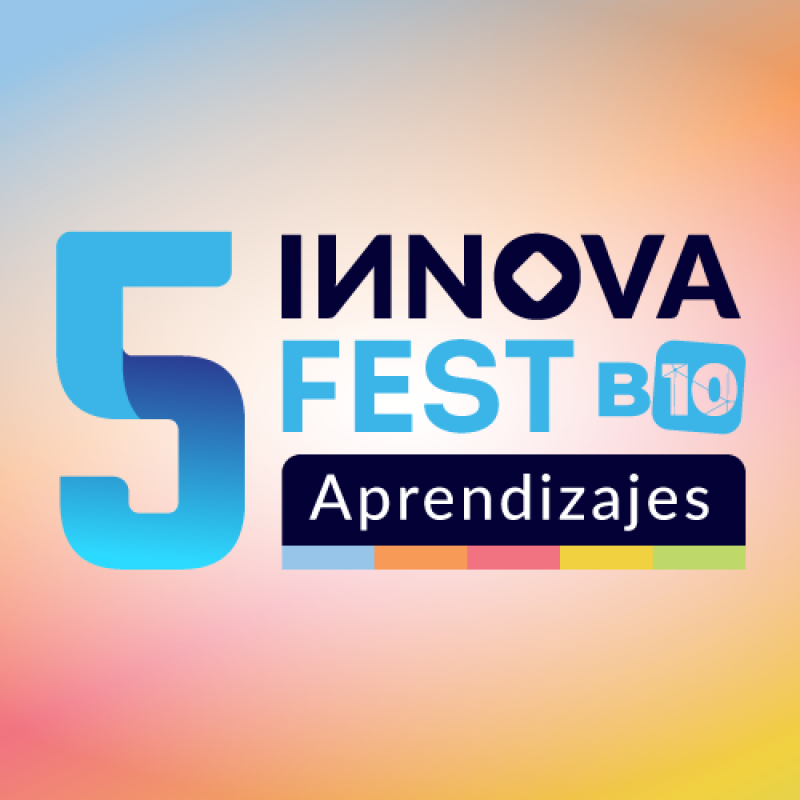
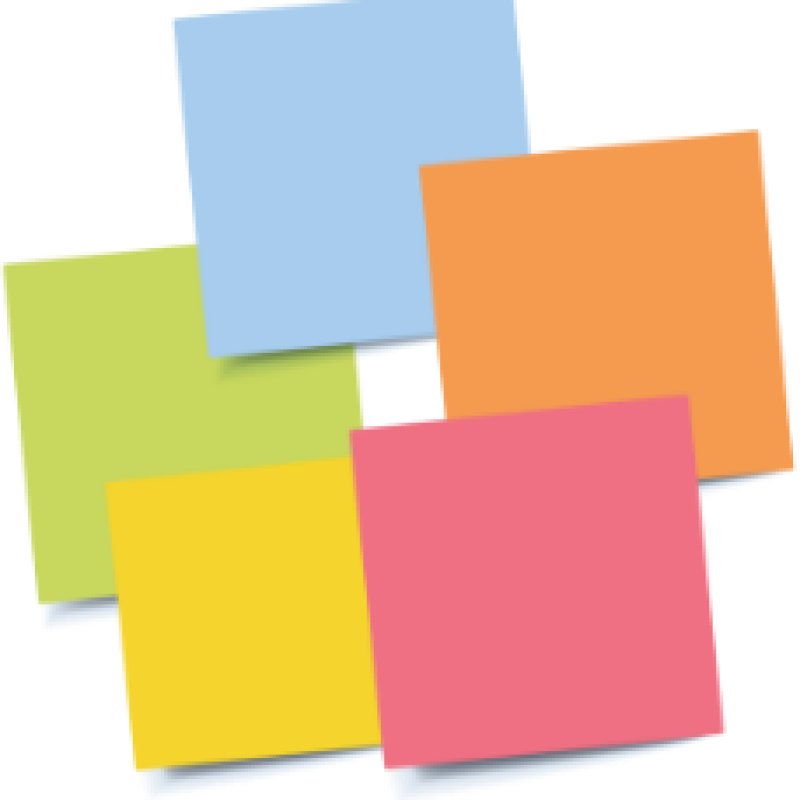

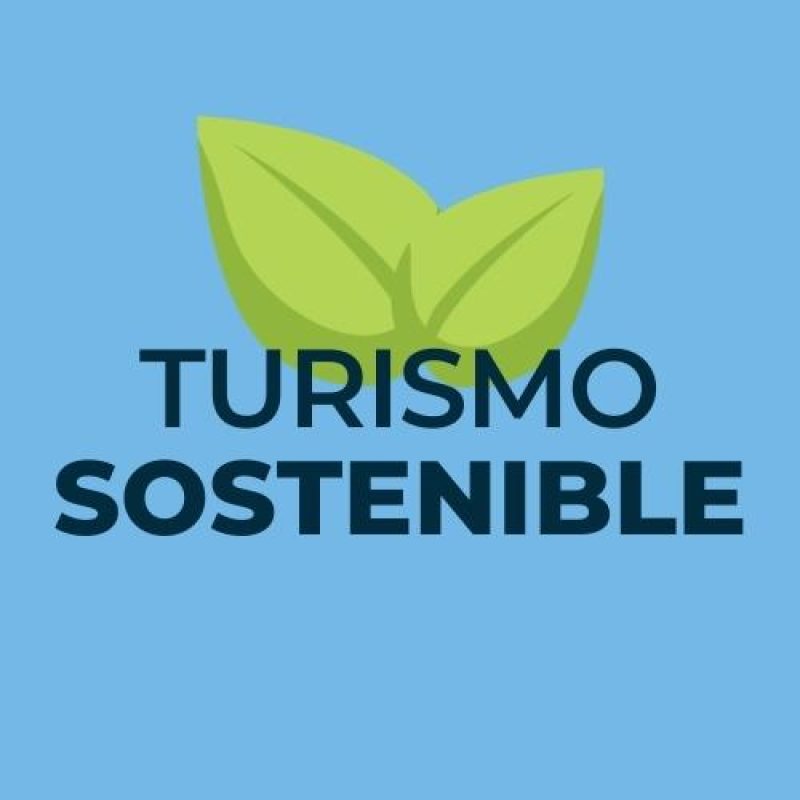
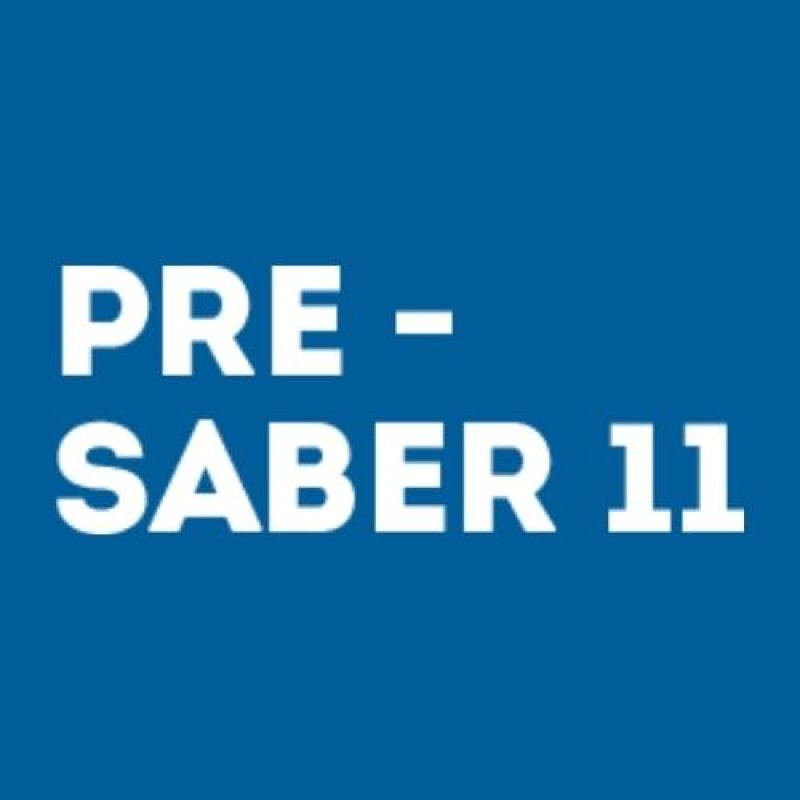
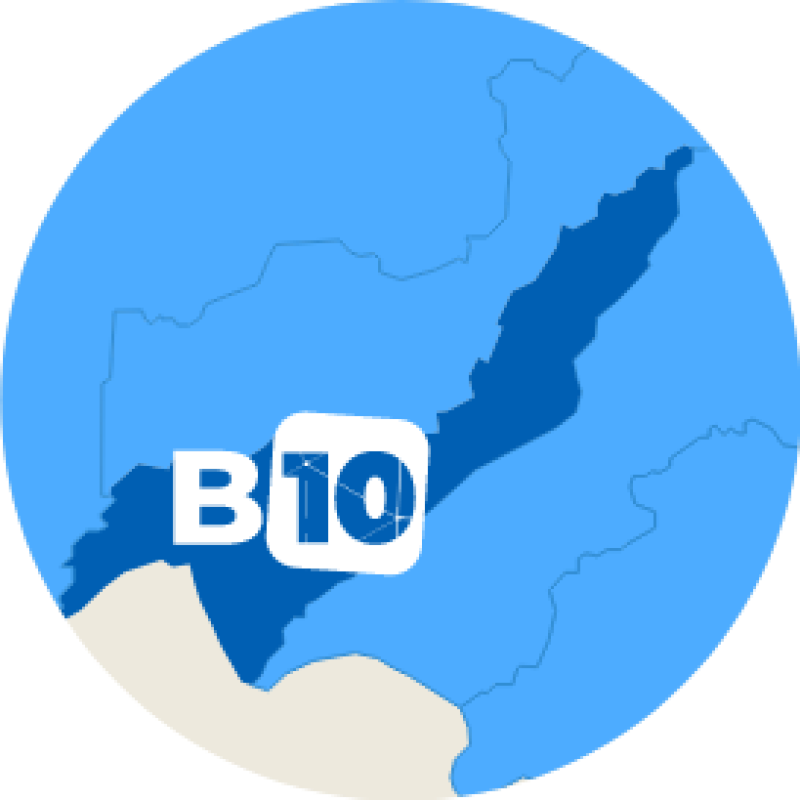

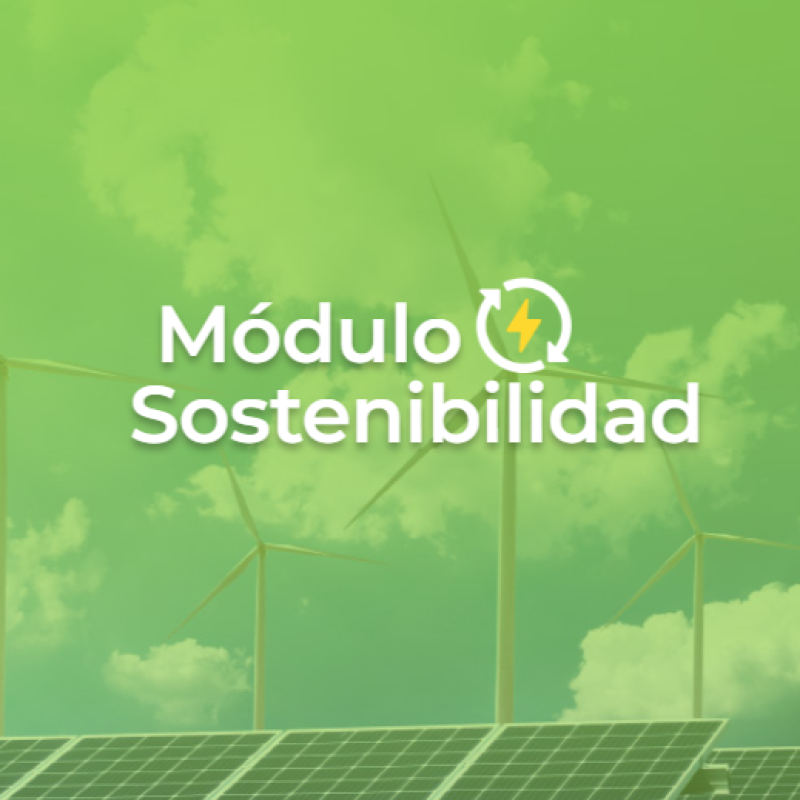
Comentarios